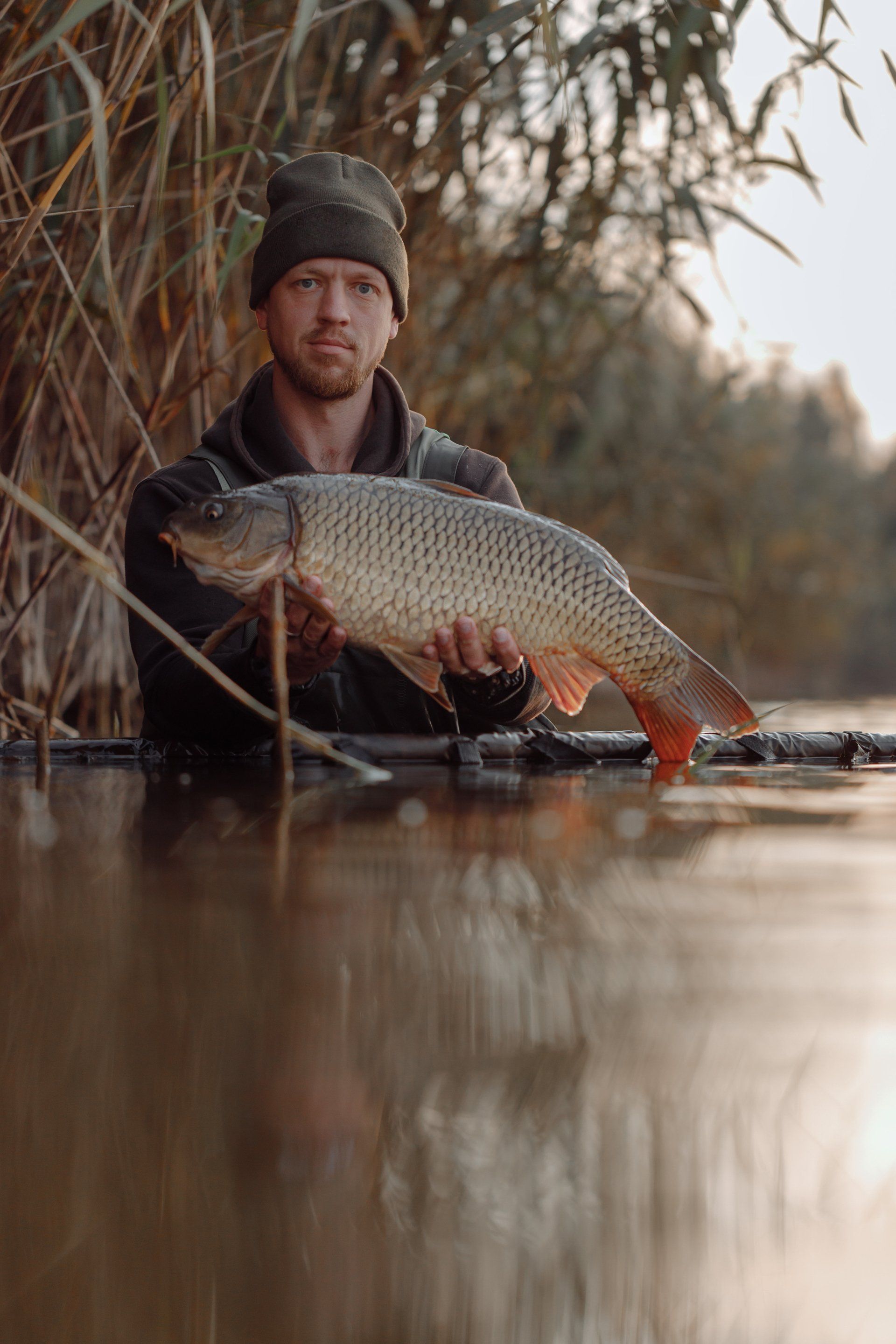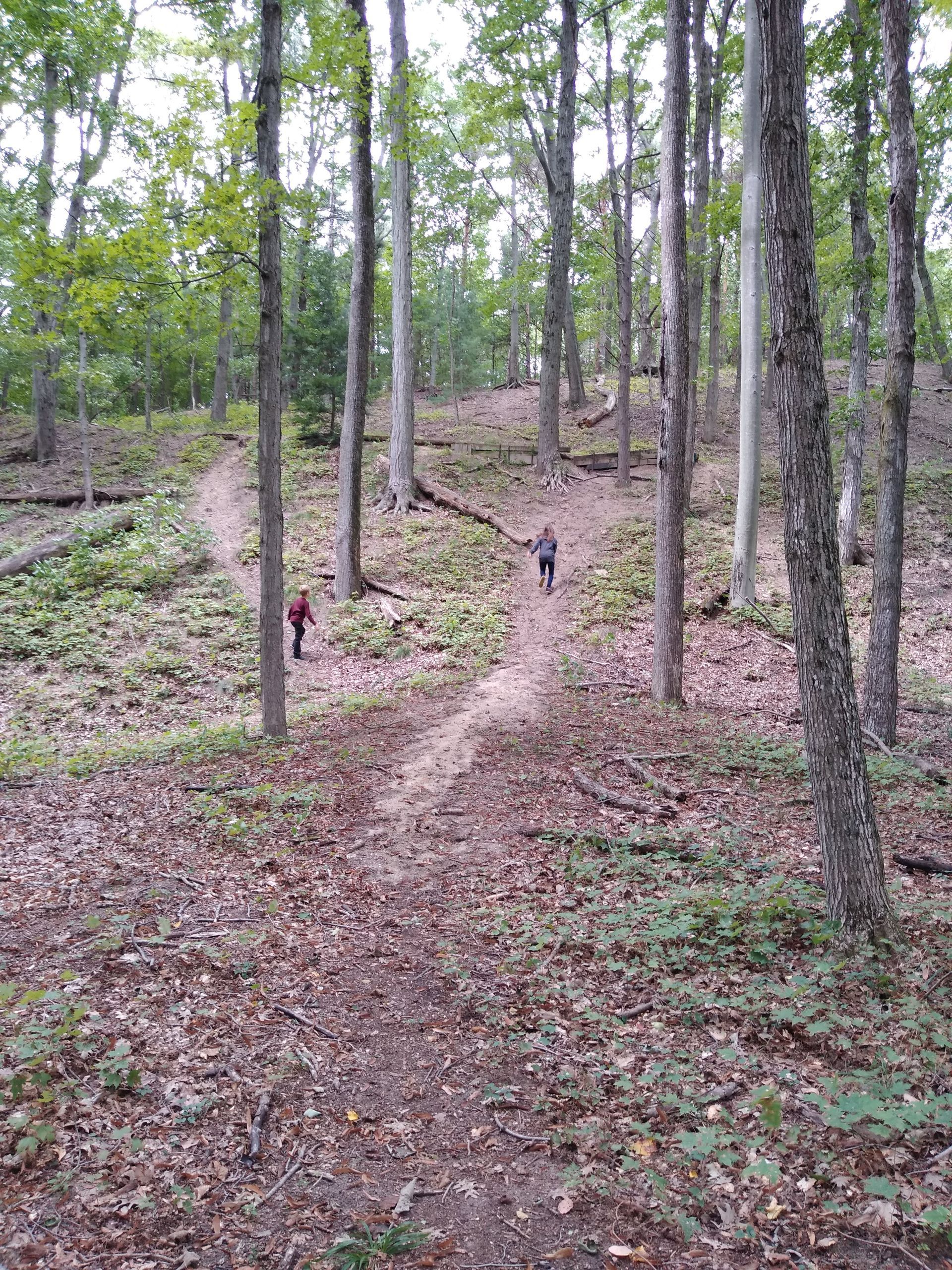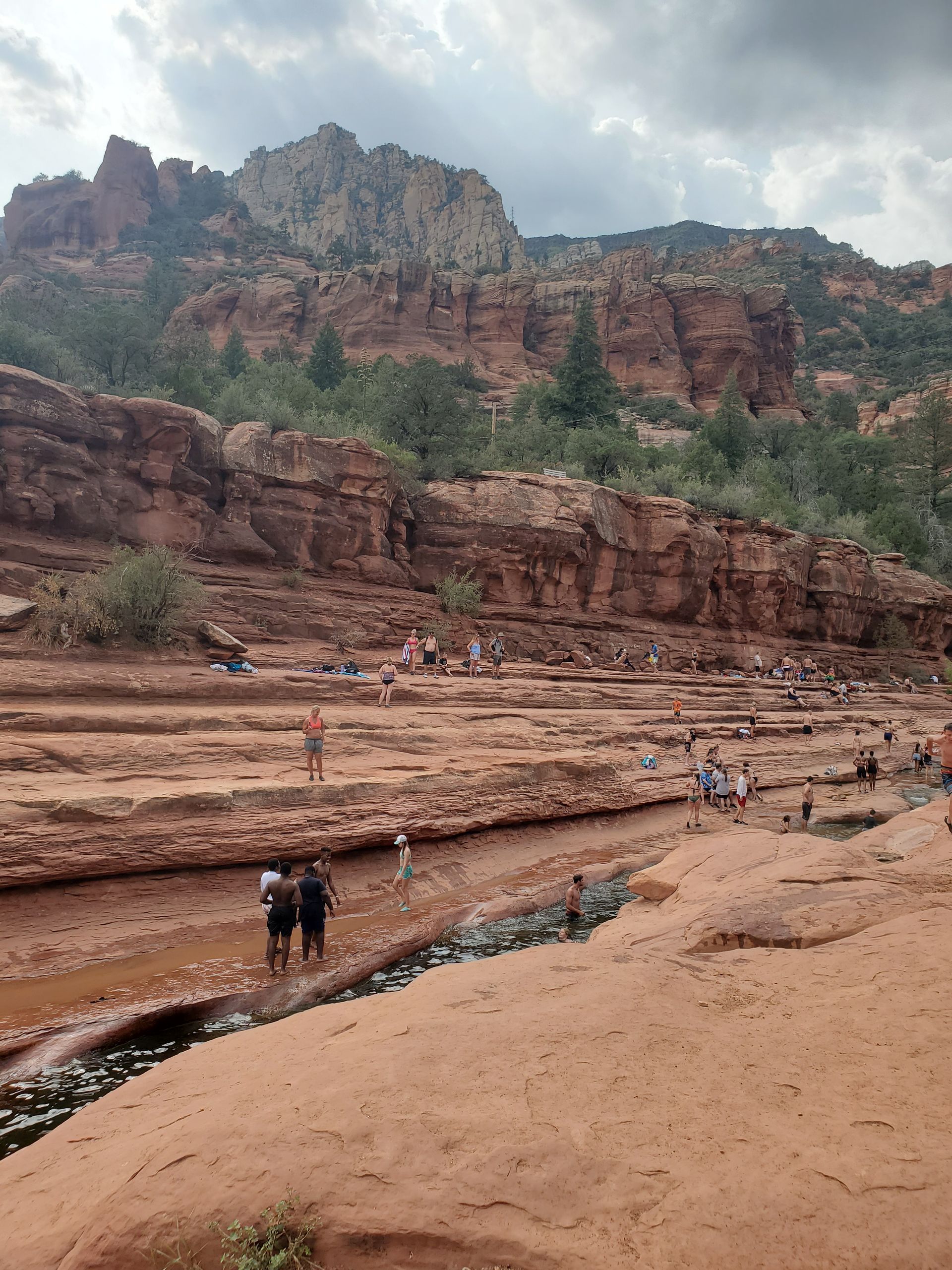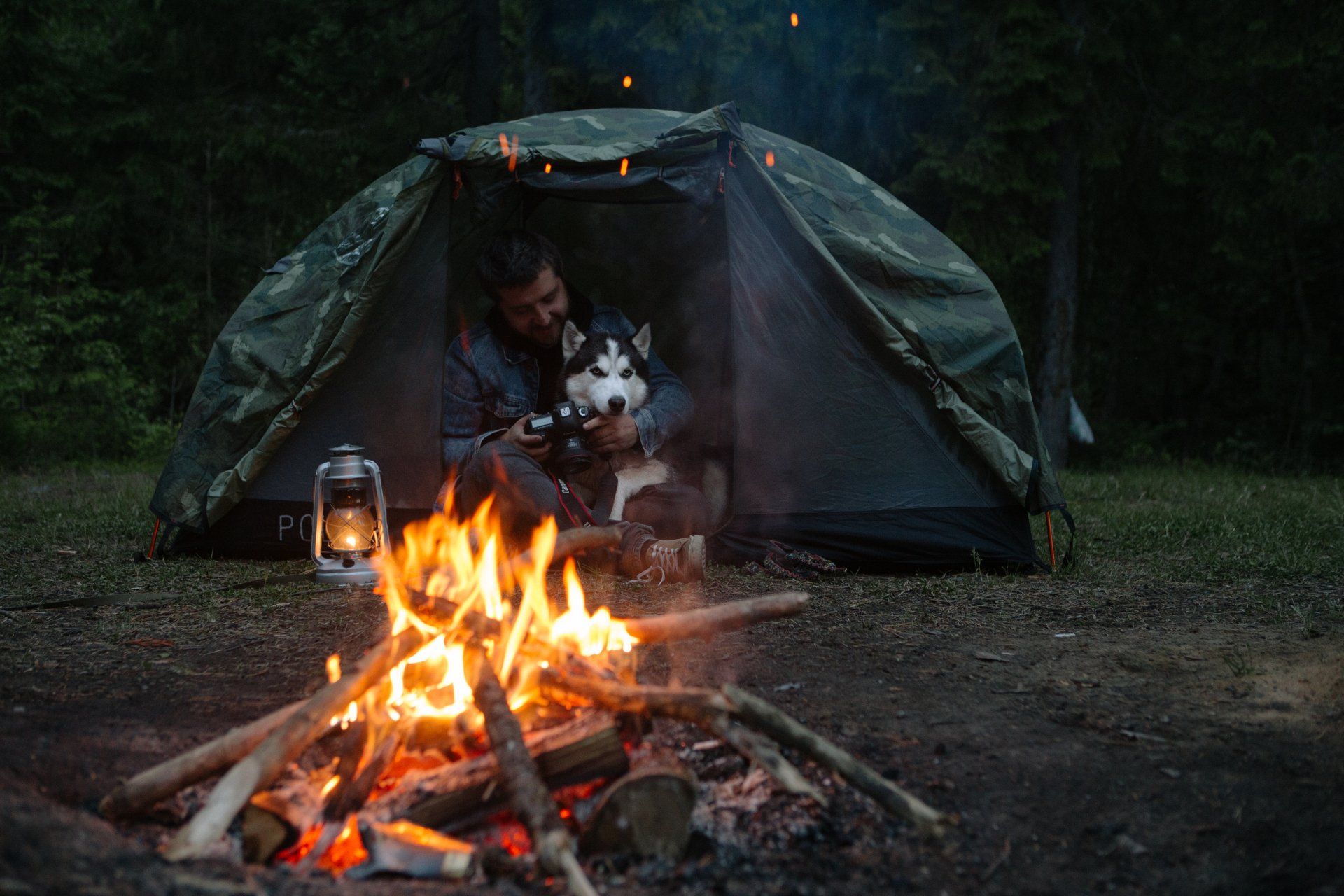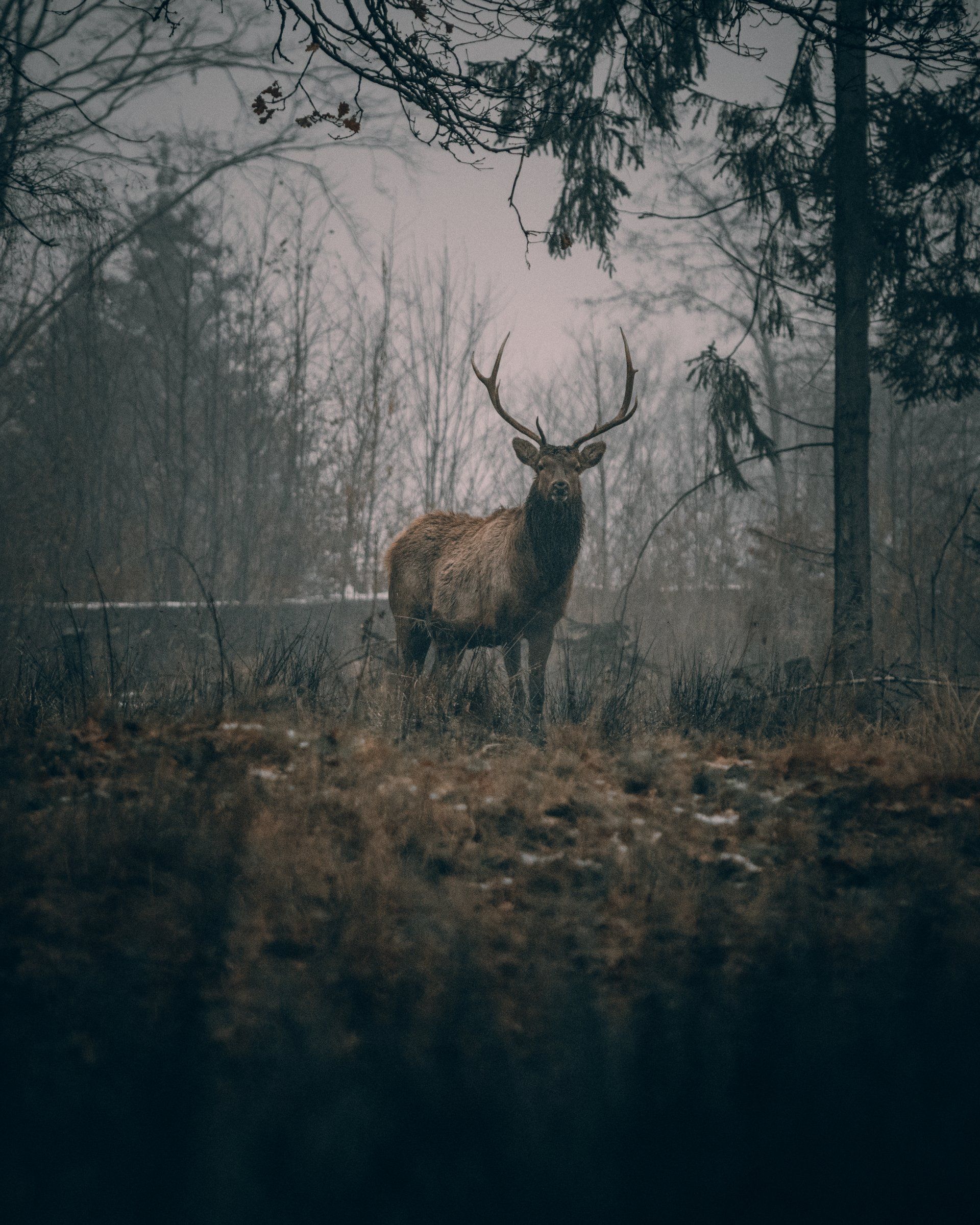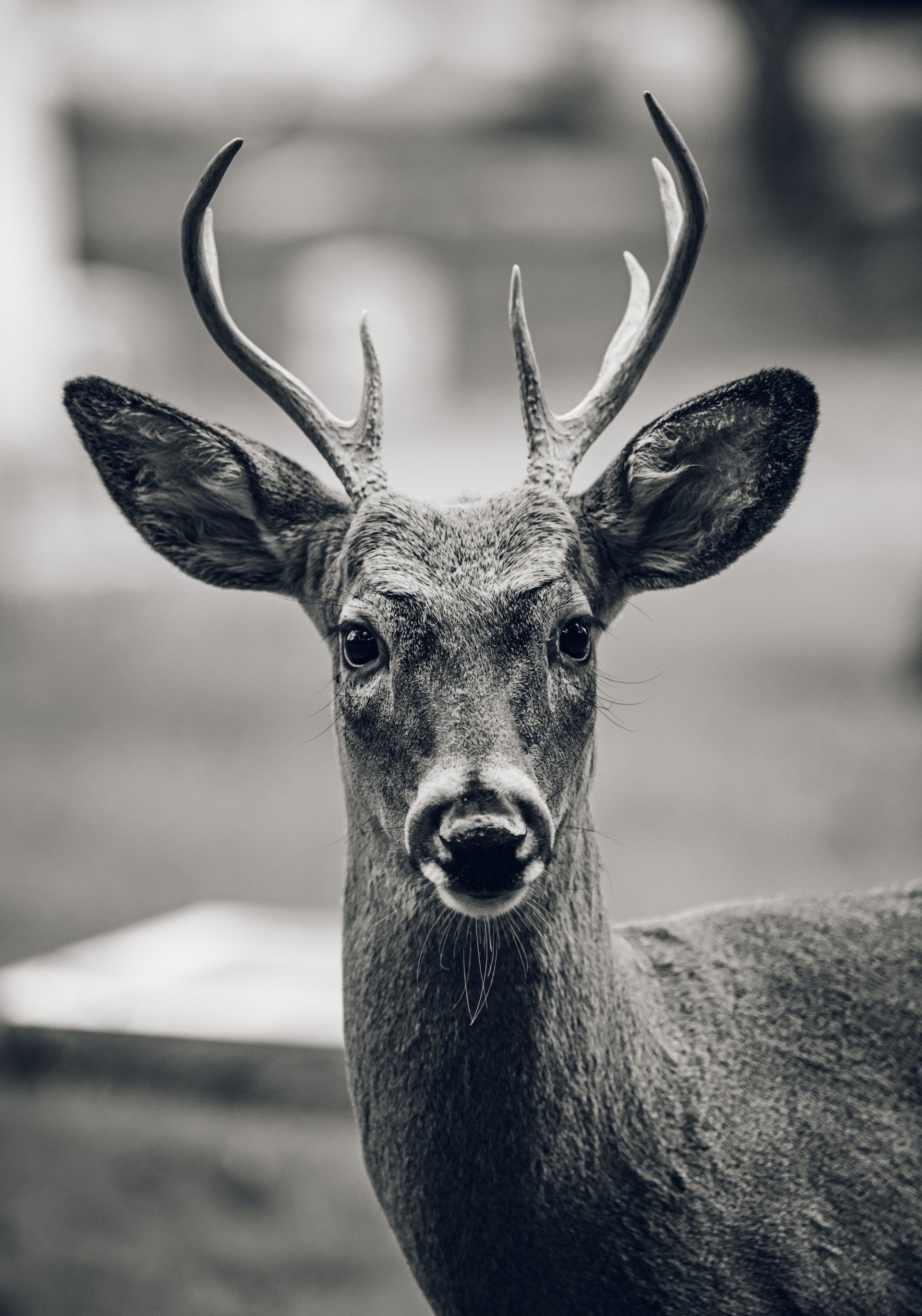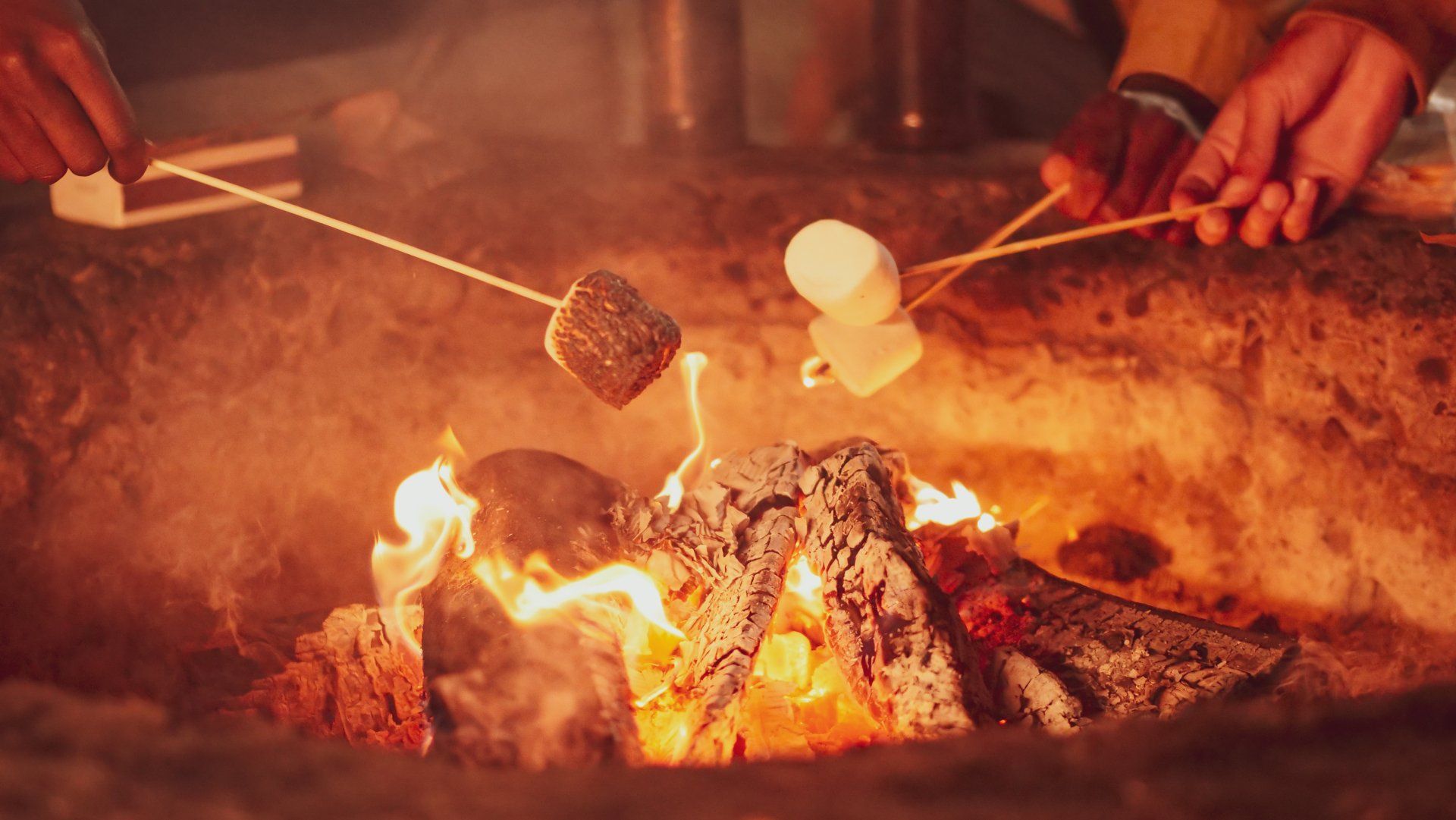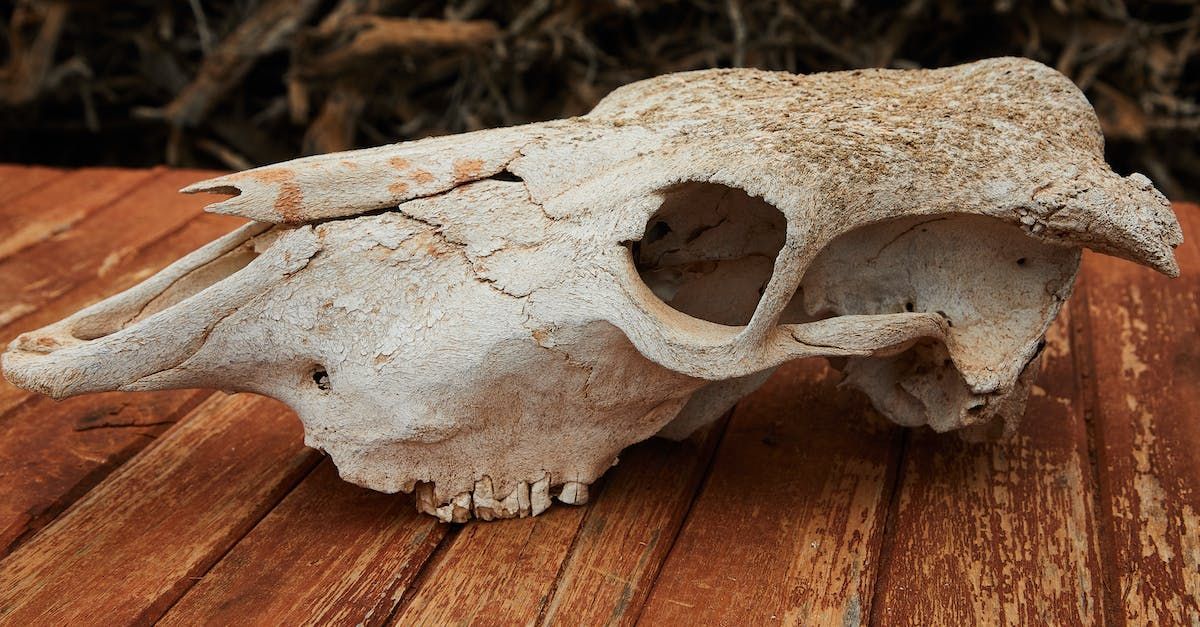Indiana Hunting Season
Hunting Season for Indiana
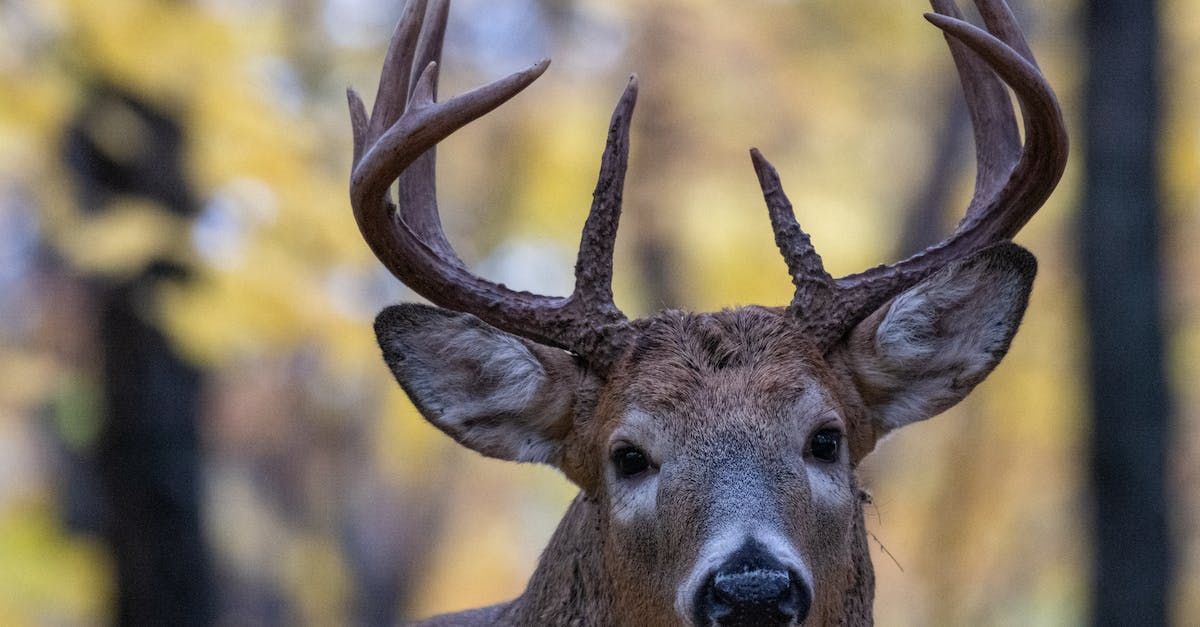
Hunting season in Indiana is a cherished tradition that draws outdoor enthusiasts from across the state, capturing the hearts of hunters with its rich tapestry of diverse landscapes and abundant wildlife. From rolling hills to meandering rivers, Indiana offers a unique and varied hunting experience that beckons adventurers seeking the thrill of the hunt. Whether it's the dense forests or the expansive fields, the state provides a variety of habitats that host a wide array of game species, making it a prime destination for hunters of all levels. In this article, we will delve into the hunting season in Indiana, exploring the key aspects, regulations, and the cultural significance of this time-honored tradition that has become an integral part of the state's heritage.
- The Diversity of Game: Indiana's hunting season encompasses a diverse range of game species. Indiana Hunting has Whitetail deer, wild turkey, waterfowl, and upland game birds are among the most sought-after targets. The state's Department of Natural Resources carefully manages the wildlife population to ensure a sustainable and balanced ecosystem, creating opportunities for both seasoned and novice hunters to engage in the pursuit of their favorite game. (add link to anchor with the wild game list later))))
It's important for hunters to be aware of the specific regulations, bag limits, and hunting seasons for each game species. All Indiana hunting regulations can be found on the Indiana DNR website. The Indiana DNR regularly updates its regulations, and it's crucial to check the most recent information before planning a hunting trip. Indiana Hunters should also obtain the appropriate licenses and permits for the type of hunting they intend to pursue.
For the latest and most accurate information on hunting seasons, regulations, and specific game species available for hunting in Indiana, it is recommended to consult the official website of the Indiana Department of Natural Resources or contact the DNR directly.
- Whitetail Deer:
- Whitetail deer are one of the most sought-after game species in Indiana. The state offers archery, firearm, and muzzleloader seasons for deer hunting.
- Wild Turkey:
- Indiana provides both spring and fall turkey hunting seasons. Hunters can pursue wild turkeys using archery equipment or firearms.
- Waterfowl:
- Waterfowl hunting is popular in Indiana, with opportunities to pursue ducks and geese. The state participates in the Mississippi Flyway, attracting migratory waterfowl.
- Upland Game Birds:
- Upland game bird species in Indiana include ring-necked pheasants, bobwhite quail, and mourning doves. Hunters can enjoy upland bird hunting during specific seasons.
- Small Game:
- Small game hunting includes species like rabbits and squirrels. These hunts provide a great opportunity for beginners to develop hunting skills.
- Furbearers:
- Indiana allows hunting of furbearing animals such as raccoons, opossums, red foxes, gray foxes, and coyotes. Trapping is also permitted for certain furbearers.
- Coyotes:
- Coyote hunting is permitted year-round in Indiana. It has become a popular activity for hunters interested in predator management.
- Regulations and
Licensing: Before embarking on a hunting expedition, it is crucial for hunters to familiarize themselves with the regulations set by the Indiana Department of Natural Resources. Indiana hunting Licensing requirements, bag limits, and specific hunting seasons are strictly enforced to maintain the ecological equilibrium and preserve the state's natural resources. Responsible hunting practices are emphasized, including safety measures and ethical considerations to guarantee a positive experience for all participants.
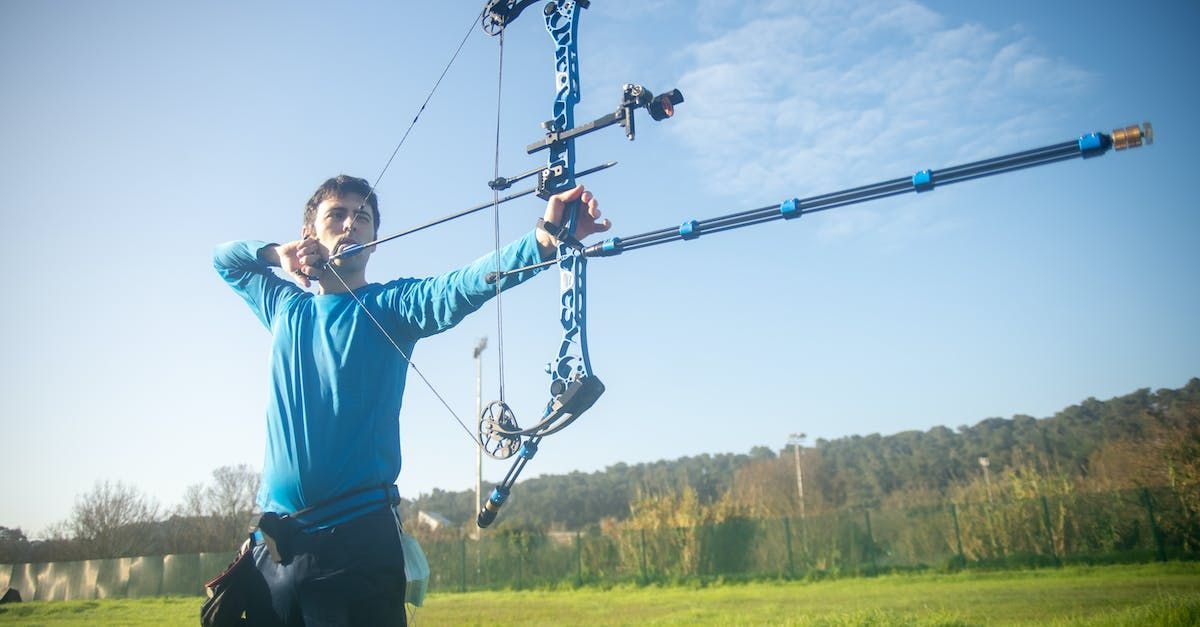
- Firearm and Archery Seasons: Hunting season in Indiana is divided into firearm and archery seasons, each offering a unique and diverse experience for hunters. Firearm seasons typically attract a larger number of participants and provide an exhilarating, fast-paced hunt. On the other hand, archery seasons offer a more intimate and challenging experience, allowing hunters to hone their skills and connect with nature in a different way. The choice between firearm and archery seasons often depends on personal preferences, skill level, and the type of game that hunters wish to pursue, adding an element of individuality and tailored adventure to the hunting experience.
- Cultural Significance: Hunting is deeply ingrained in Indiana's cultural fabric. Families and friends come together during hunting season, creating lasting memories and passing down traditions from one generation to the next. The camaraderie built around the shared pursuit of game fosters a sense of community and connection to the natural world. Beyond the thrill of the hunt, the cultural significance of hunting season in Indiana lies in the appreciation for nature, conservation efforts, and the responsible stewardship of the state's wildlife.
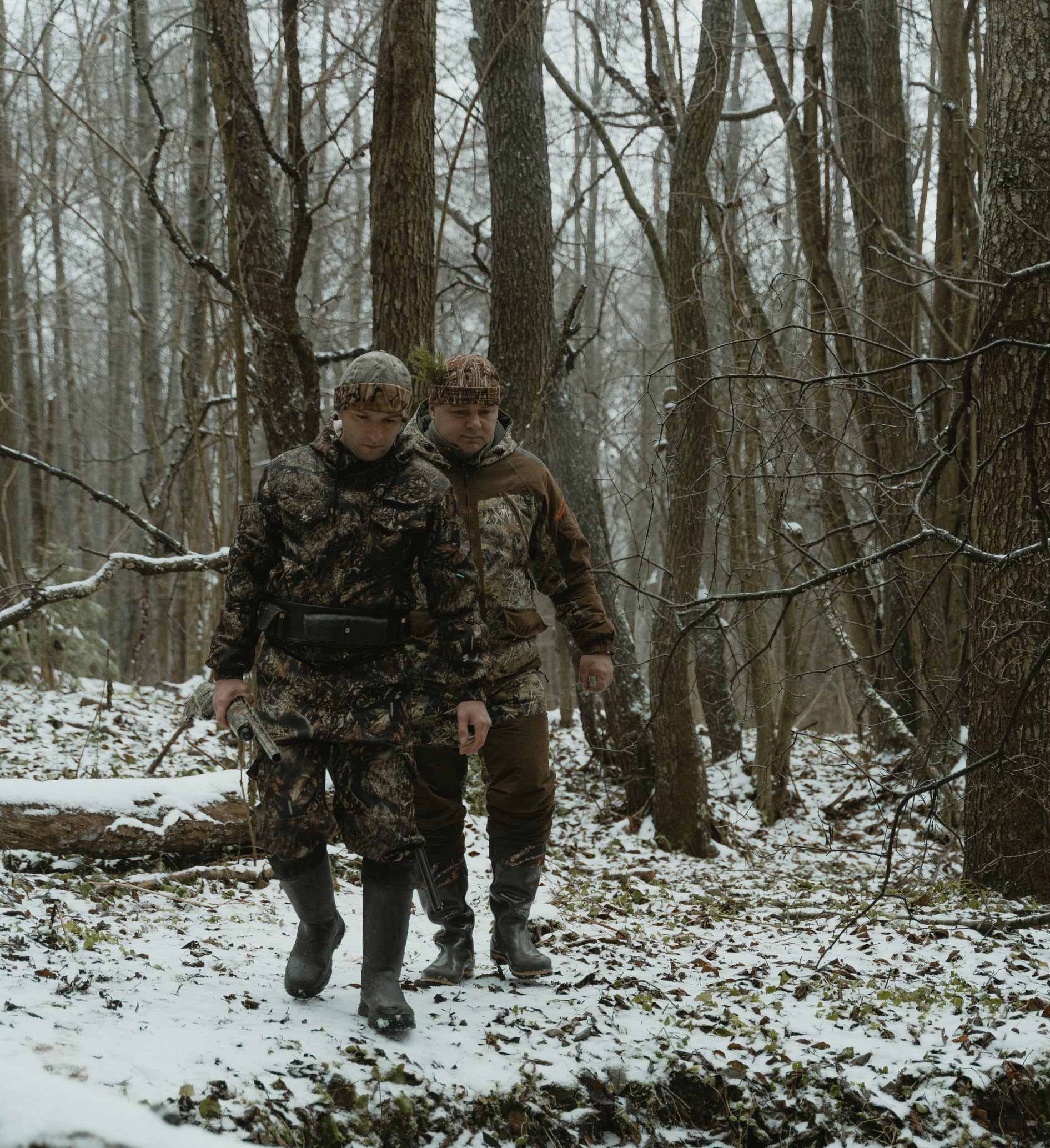
- Conservation and Stewardship: Hunting plays a vital role in conservation efforts across Indiana. Hunters contribute to wildlife management through their involvement in population control and habitat preservation. Funds generated from hunting licenses and permits are reinvested into conservation initiatives, ensuring the long-term health and sustainability of the state's ecosystems.
Hunting season in Indiana is not merely a recreational activity; it is a time-honored tradition that weaves together nature, culture, and conservation. As hunters venture into the fields and forests, they become stewards of the land, contributing to the delicate balance of Indiana's wildlife. The thrill of the hunt is complemented by a deep respect for nature, creating an experience that goes beyond the pursuit of game, fostering a connection to the great outdoors and the generations that have come before.
While hunting in Indiana, Indiana offers various public hunting land options, providing opportunities for hunters to explore diverse landscapes and pursue different game species. The Indiana Department of Natural Resources (DNR) manages public hunting areas and wildlife management areas across the state. Here are some notable options for public hunting land in Indiana:
- Hoosier National Forest is a vast area that offers various recreational activities, including hunting.
- State Forests:
- Indiana has several state forests that offer public hunting opportunities. Examples include Morgan-Monroe State Forest, Yellowwood State Forest, and Clark State Forest. State forests provide a mix of wooded areas and open spaces.
- Fish and Wildlife Areas (FWAs):
- Indiana DNR manages numerous Fish and Wildlife Areas across the state. These areas are designated for wildlife conservation and public recreation, including hunting. Examples include Willow Slough FWA, Pigeon River FWA, and Hovey Lake FWA.
- Wildlife Management Areas (WMAs):
- Wildlife Management Areas are established for wildlife conservation and management. Many WMAs also allow hunting. Examples include Glendale FWA, Fairbanks Landing FWA, and Sugar Ridge FWA.
- National Wildlife Refuges:
- Some national wildlife refuges in Indiana permit hunting, though regulations may vary. Big Oaks National Wildlife Refuge is an example that may offer hunting opportunities.
- State Recreational Areas:
- Some state recreational areas and reservoir properties may allow hunting. These areas often provide a mix of woodlands and open spaces. Check specific regulations for each location.
- Hoosier National Forest:
- Hoosier National Forest, managed by the U.S. Forest Service, offers extensive opportunities for hunting. The forest covers a large area and provides diverse habitats for various game species.
- Other Public Lands:
- In addition to the mentioned areas, there are other public lands, including county parks and other public-use areas, where hunting may be allowed. Check with local authorities for specific regulations.
When planning a hunting trip to public lands in Indiana, hunters should consider the following:
- Regulations: Always check and adhere to the specific regulations and rules for the area you plan to hunt. Bag limits, season dates, and other restrictions may vary.
- Access Permits: Some areas may require special access permits, so be sure to check with the managing agency.
- Safety: Practice safe and ethical hunting. Be aware of other hunters in the area, use proper firearm safety measures, and wear appropriate hunting gear, including blaze orange during firearm seasons.
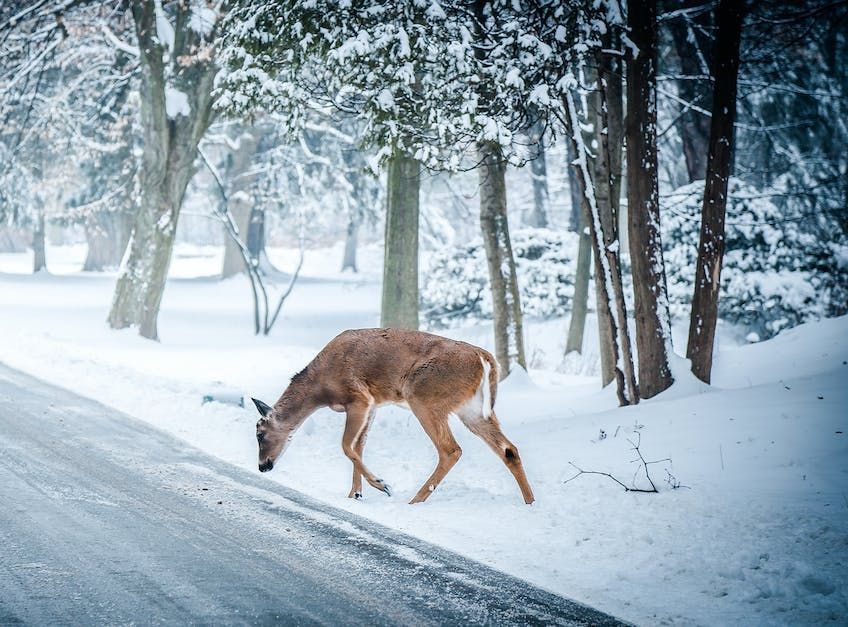
We will breakdown each Indiana hunting regulations for deer and all other indiana hunting game for you.
Indiana deer hunting is a cherished and time-honored tradition that brings together outdoor enthusiasts from all corners of the state. As a testament to its popularity, hunters flock to the diverse landscapes of Indiana in pursuit of this noble game. The Indiana Department of Natural Resources (DNR) plays a pivotal role in overseeing and regulating deer hunting activities, with a keen focus on promoting sustainable hunting practices and safeguarding the overall health and balance of the deer population. Here are some essential insights and guidelines that every hunter should keep in mind when engaging in the timeless pursuit of deer hunting in Indiana:
- Deer Species:
- The primary deer species hunted in Indiana is the whitetail deer.
- Hunting Seasons:
- Deer hunting seasons in Indiana are divided into various segments, including archery, firearm, and muzzleloader seasons.
- Archery season typically starts in early October and runs through early January.
- Firearms season usually occurs in mid-November, and there are additional late-season opportunities.
- Muzzleloader season typically takes place in December.
- Special antlerless deer hunts and urban deer hunts may also be scheduled in specific regions.
- Licensing and Permits:
- Hunters are required to obtain a valid deer hunting license.
- Additionally, specific permits may be required for certain types of hunts, such as antlerless deer permits.
- Hunters must follow the regulations outlined by the Indiana DNR, including bag limits and weapon restrictions.
- Bag Limits:
- Bag limits specify the number and type of deer that a hunter is allowed to harvest during a particular season.
- Bag limits may vary depending on the hunting method (archery, firearm, muzzleloader) and whether the hunt is for antlered or antlerless deer.
- Deer Management Zones:
- Indiana is divided into deer management zones, each with its own regulations and hunting opportunities.
- Hunters should be aware of the specific rules and bag limits for the zone in which they plan to hunt.
- Hunter Education:
- Completion of a hunter education course is typically required for anyone born after December 31, 1986, before they can purchase a hunting license. Although you can go twice before completing the hunter education course if you are with someone who has a licences and has already passed the class or born before that date.
- Hunting Ethics and Safety:
- Ethical and safe hunting practices are strongly emphasized.
- Hunters are encouraged to follow the principles of fair chase and to prioritize safety in the field.
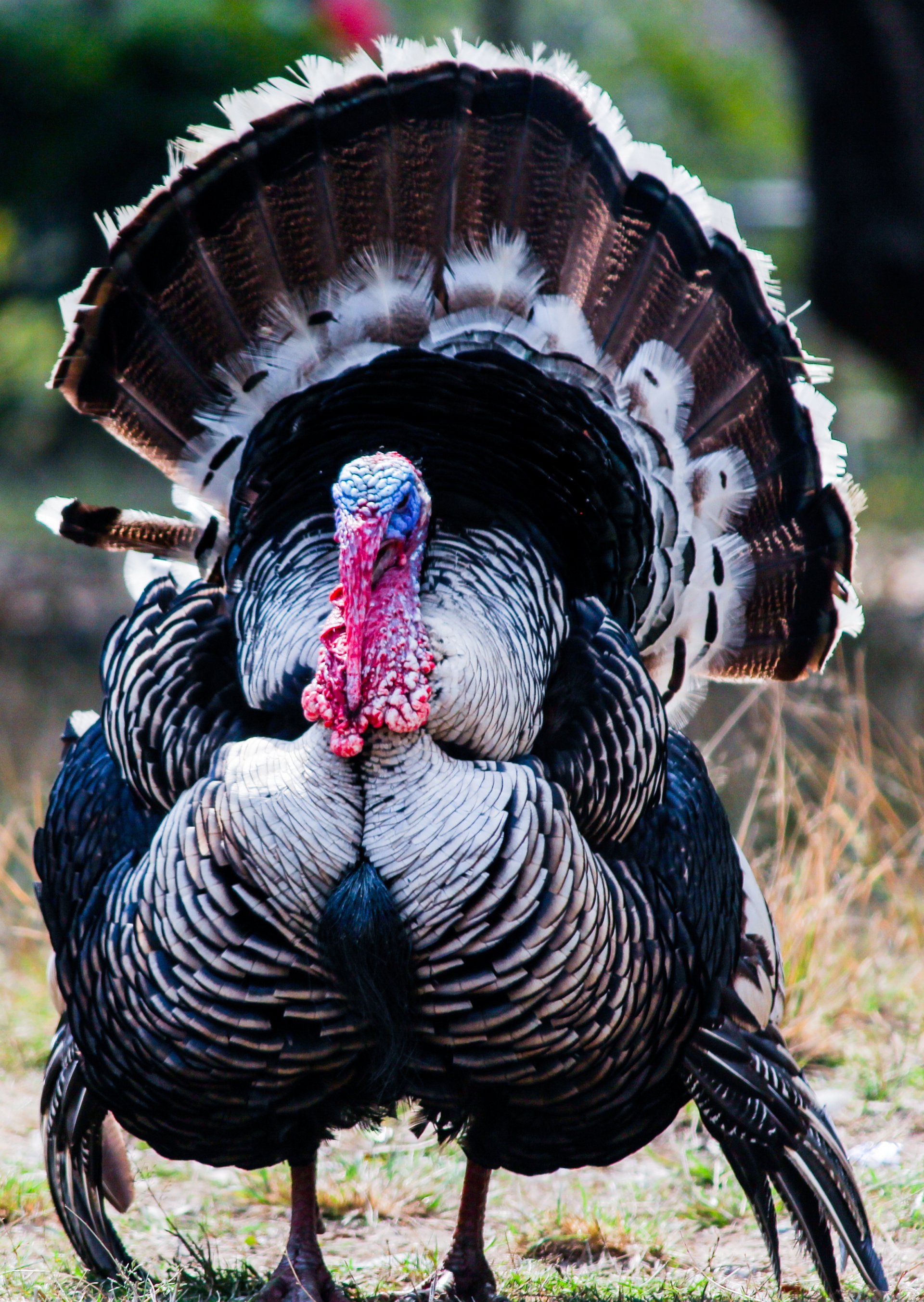
Wild turkey hunting is a popular and exciting outdoor activity in Indiana. The state offers both spring and fall turkey hunting seasons, providing opportunities for hunters to pursue this challenging game species. Here are some key points related to wild turkey hunting in Indiana:
- Spring Turkey Season:
- The spring turkey hunting season in Indiana typically begins in late April and runs through early May.
- This season is especially popular because it coincides with the mating season, or "spring gobbling," making it an exciting time for hunters.
- Fall Turkey Season:
- The fall turkey hunting season in Indiana usually occurs later in the year, typically in October.
- Fall turkey hunting allows for a different experience as turkeys are not in their mating season, and hunters often pursue flocks rather than individual birds.
- Hunting Methods:
- Indiana allows turkey hunting using various methods, including archery equipment (bows and crossbows) and shotguns loaded with shot no larger than No. 4 lead or an equivalent non-toxic shot.
- Hunters often use calls to mimic turkey sounds and attract gobblers.
- Permits and Licensing:
- Hunters must possess a valid turkey hunting license, which can be purchased from the Indiana Department of Natural Resources (DNR).
- In addition to the hunting license, hunters may need a turkey hunting stamp or additional permits depending on the type of hunt (e.g., reserved hunts or special permits).
- Bag Limits:
- Indiana has bag limits for turkeys, which may vary depending on the hunting season and method.
- Hunters are usually limited to one or two birds per season, with specific regulations for the number of male (tom) and female (hen) turkeys.
- Safety and Ethics:
- Safety is paramount in turkey hunting. Hunters are required to follow safe firearm practices and are encouraged to use blaze orange or other highly visible clothing to enhance safety.
- Ethical hunting practices, including fair chase and respect for wildlife, are emphasized.
- Check-In and Reporting:
- Hunters are often required to check in their harvested turkeys. This may involve reporting the harvest online or at designated check stations to provide valuable data for wildlife management.
- Public and Private Land Opportunities:
- Indiana offers various public hunting lands, such as state forests, Fish and Wildlife Areas (FWAs), and Wildlife Management Areas (WMAs), where hunters can pursue turkeys.
- Private land opportunities may also be available, but hunters must obtain permission from landowners before hunting.
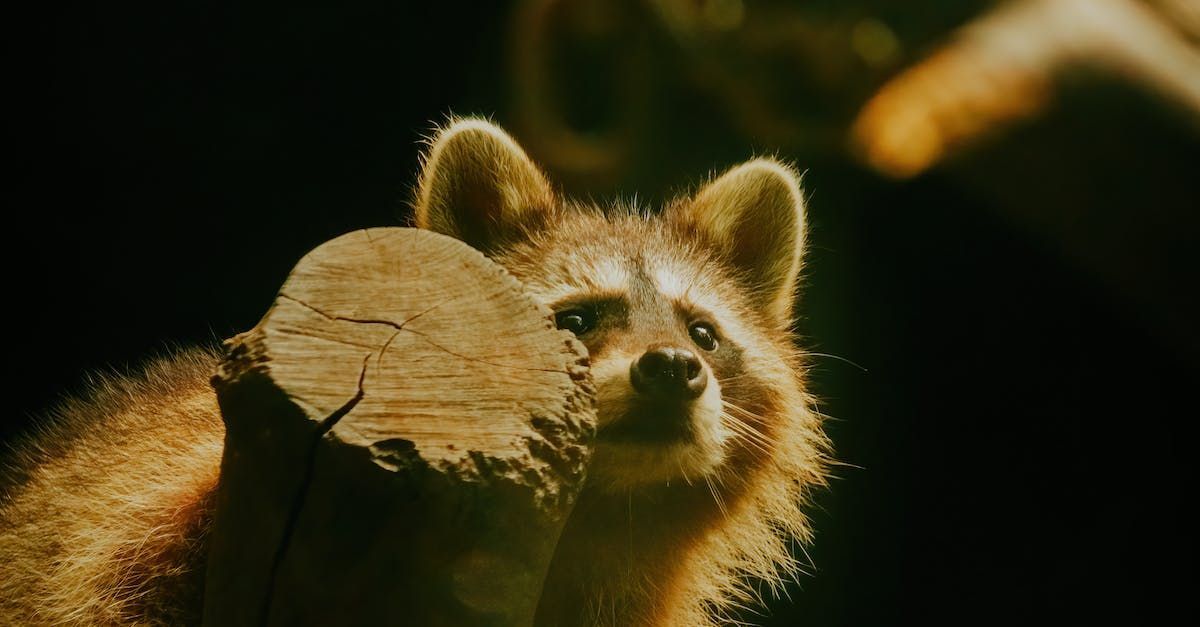
In Indiana, hunting furbearing animals is a popular outdoor activity that contributes to wildlife management and fur resource utilization. Furbearers are animals whose fur is valuable and is often harvested for commercial purposes. Here are some key points related to hunting furbearers in Indiana:
- Furbearer Species:
- Furbearing animals in Indiana that are commonly hunted include raccoons, opossums, red foxes, gray foxes, and coyotes.
- These species are managed by the Indiana Department of Natural Resources (DNR) to maintain healthy populations.
- Hunting Seasons:
- Furbearer hunting seasons vary depending on the species and the hunting method.
- Coyote hunting is allowed year-round, while other furbearers typically have specific seasons.
- Trapping seasons may also be available for certain furbearer species.
- Hunting Methods:
- Furbearer hunting methods in Indiana include trapping and hunting with firearms or archery equipment.
- Trapping regulations are specific and may require additional permits.
- Regulations and Licensing:
- Hunters must possess a valid hunting license to pursue furbearers in Indiana.
- Additional permits may be required for certain species or specific hunting methods, such as trapping.
- Bag Limits and Harvest Reporting:
- Indiana has bag limits for certain furbearer species, and hunters are required to adhere to these limits.
- Some furbearer hunts may require hunters to report their harvest, providing valuable data for wildlife management.
- Public and Private Land Opportunities:
- Hunters can pursue furbearers on both public and private lands in Indiana.
- Public lands, including state forests, Fish and Wildlife Areas (FWAs), and Wildlife Management Areas (WMAs), may offer hunting opportunities for furbearers.
- Ethical and Responsible Hunting:
- Ethical hunting practices, including humane trapping methods and responsible harvest practices, are emphasized.
- Hunters are encouraged to follow regulations and respect landowners' rights and property.
- Furbearer Management:
- The Indiana DNR implements management practices to ensure sustainable furbearer populations.
- Harvest regulations are designed to maintain ecological balance and prevent overharvesting.
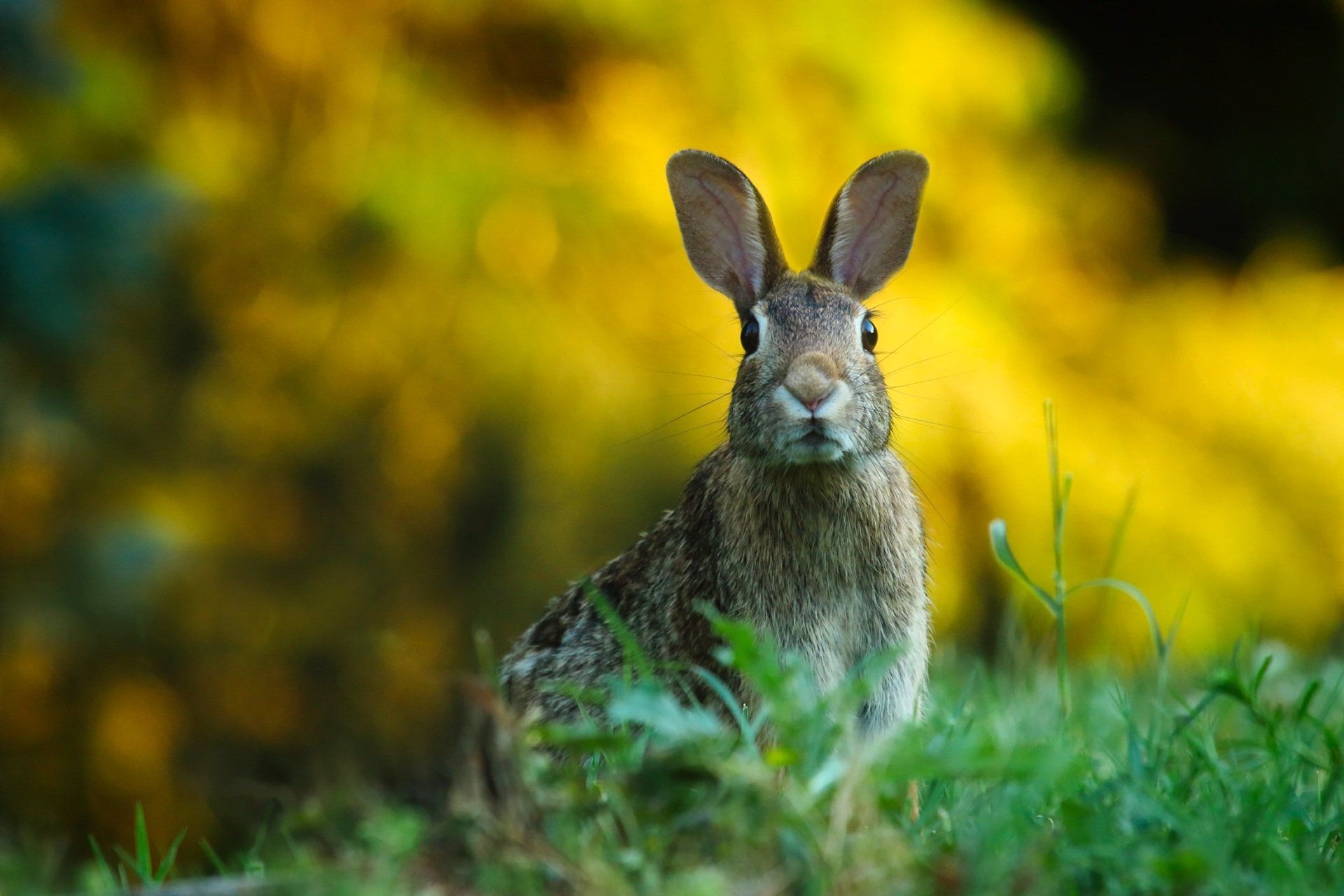
Small game hunting in Indiana is a popular and accessible outdoor activity, providing opportunities for hunters to pursue a variety of species. Small game hunting typically includes animals like rabbits, squirrels, and game birds. Here are some key points related to small game hunting in Indiana:
- Species for Small Game Hunting:
- Rabbits: Cottontail rabbits are a common target for small game hunters in Indiana. They are found in a variety of habitats, including fields and woodlands.
- Squirrels: Eastern gray squirrels and fox squirrels are abundant in Indiana, offering hunters the chance to enjoy both challenging and rewarding hunts.
- Game Birds: Upland game birds such as ring-necked pheasants and bobwhite quail are also sought after by small game hunters.
- Hunting Seasons:
- Small game hunting seasons in Indiana typically run during the fall and winter months.
- Specific seasons may vary for different species, and hunters should be aware of the regulations set by the Indiana Department of Natural Resources (DNR).
- Hunting Methods:
- Small game hunting methods commonly involve shotguns for birds and rabbits and .22 caliber rifles for squirrels.
- Dogs, especially bird dogs, are often used to assist in flushing out game.
- Regulations and Licensing:
- Hunters are required to have a valid hunting license to pursue small game in Indiana.
- Specific regulations, bag limits, and season dates are established by the Indiana DNR, and hunters must adhere to these guidelines.
- Public and Private Land Opportunities:
- Indiana offers various public lands, including state forests, Fish and Wildlife Areas (FWAs), and Wildlife Management Areas (WMAs), where hunters can pursue small game.
- Private lands may also provide opportunities for small game hunting, but hunters should obtain permission from landowners.
- Ethical and Responsible Hunting:
- Ethical hunting practices are essential in small game hunting. This includes ensuring humane kills, respecting wildlife, and following all regulations.
- Safety measures, including wearing blaze orange during designated seasons, are crucial for hunters in shared hunting areas.
- Hunting Dogs:
- Many small game hunters use dogs, especially bird dogs, to enhance their hunting experience.
- Well-trained dogs can assist in locating and retrieving game, adding to the efficiency and enjoyment of the hunt.
- Youth Opportunities:
- Indiana provides special youth hunting opportunities to encourage young hunters to engage in small game hunting. These programs often include mentorship and educational components.
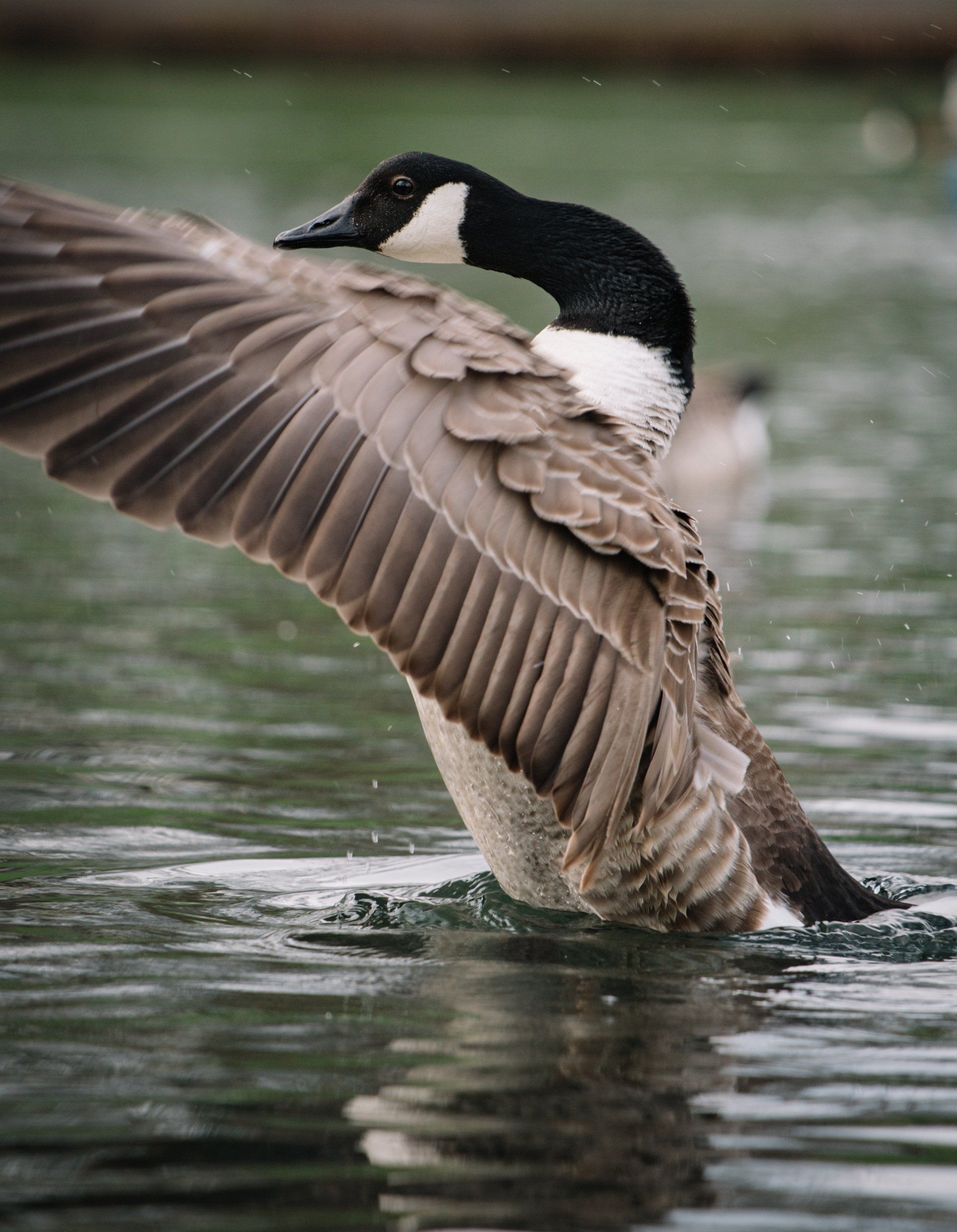
Waterfowl hunting in Indiana is a popular outdoor activity, attracting hunters to the state's wetlands, lakes, and rivers for the pursuit of ducks and geese. The Indiana Department of Natural Resources (DNR) regulates waterfowl hunting to ensure sustainability and responsible hunting practices. Here are some key points related to waterfowl hunting in Indiana:
- Waterfowl Species:
- Waterfowl species commonly hunted in Indiana include mallards, wood ducks, northern pintails, teal, Canada geese, and snow geese.
- The state participates in the Mississippi Flyway, a migratory bird route, attracting a variety of waterfowl.
- Hunting Seasons:
- Waterfowl hunting seasons in Indiana are regulated by the U.S. Fish and Wildlife Service in coordination with the Indiana DNR.
- Seasons are divided into different segments, including early seasons and regular seasons for ducks and geese.
- Hunting Methods:
- Waterfowl hunters use a variety of methods, including shotguns and decoys.
- Many hunters use retriever dogs to assist in retrieving downed birds from the water.
- Blind Regulations:
- Hunting waterfowl from a blind is common, and hunters must adhere to specific regulations regarding blind construction and placement.
- Some areas may require permits for blind construction, so hunters should check local regulations.
- Decoy and Calling Techniques:
- Decoys are often used to attract waterfowl to hunting areas, and hunters employ various calling techniques to mimic the sounds of ducks and geese.
- Skillful calling can enhance the hunting experience by luring birds within shooting range.
- Regulations and Licensing:
- Waterfowl hunters must possess a valid federal migratory bird hunting and conservation stamp (duck stamp) in addition to their Indiana hunting license.
- Hunters should be aware of specific regulations, including bag limits, species restrictions, and shooting hours.
- Public and Private Land Opportunities:
- Indiana provides various public hunting opportunities for waterfowl, including state and federal properties with wetland habitats.
- Waterfowl hunting on private lands requires permission from landowners.
- Youth Waterfowl Hunting Opportunities:
- Indiana offers special youth waterfowl hunting days, providing young hunters with a unique opportunity to experience waterfowl hunting under controlled conditions.
- Wetland Conservation:
- Wetland conservation efforts play a crucial role in maintaining waterfowl habitats. Indiana DNR and other organizations work to preserve and enhance wetlands for both wildlife and hunters.
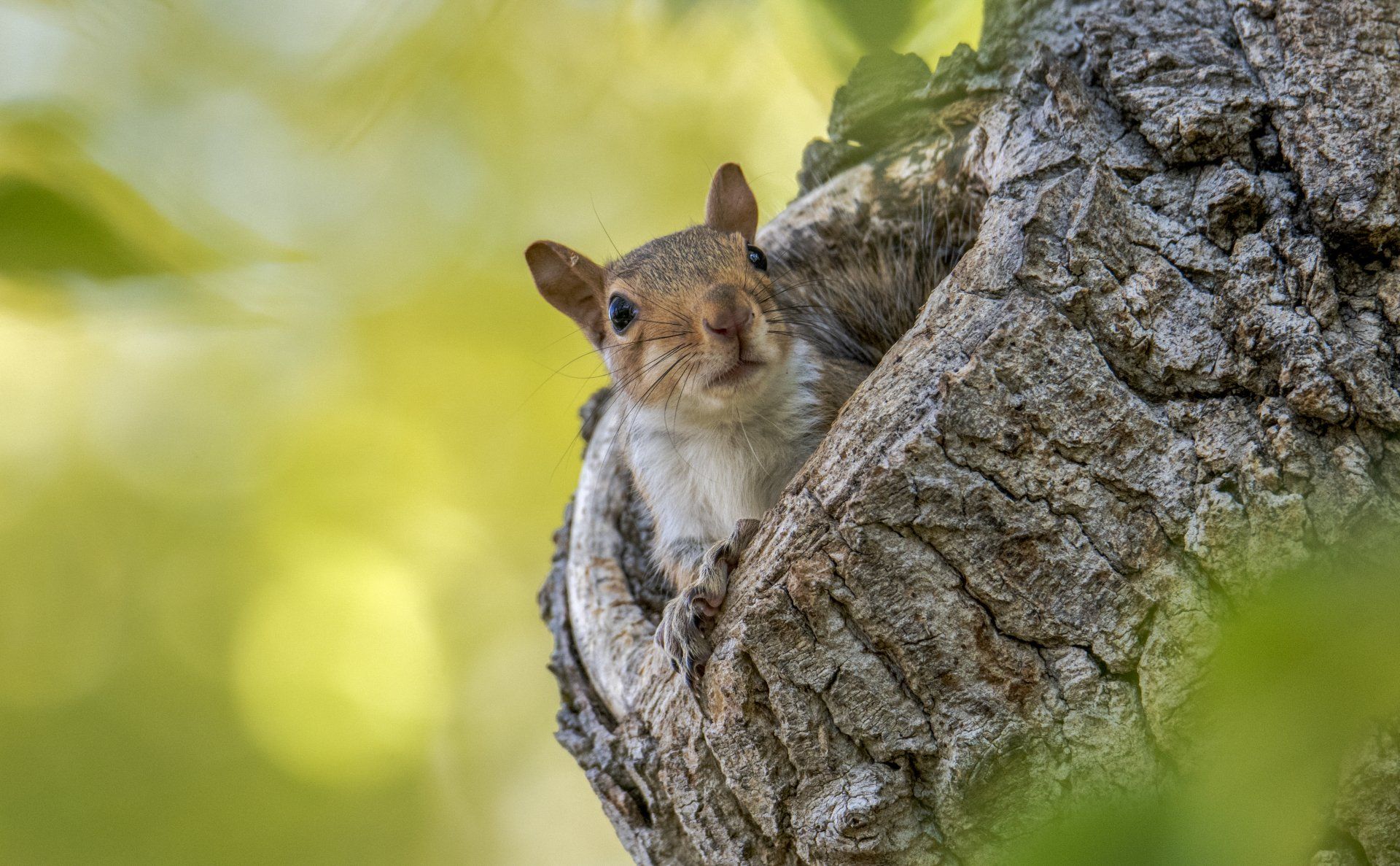
As you see each wild game has its own hunting season in Indiana. While hunting Indiana, always be sure the wild game is in season and your are practicing safe ethical hunting regulations to ensure a great hunting trip for you and all others hunting.
You can purchase an Indiana hunting licence online at Indiana Department of Resources, and double check all Indiana hunting regulations there also.
